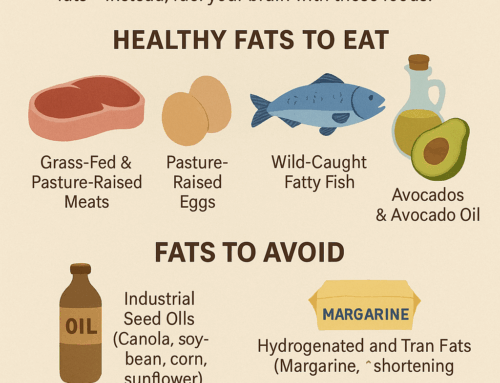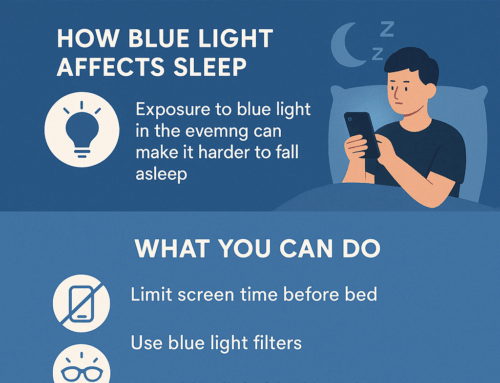Bipolar Disorder, formerly known as manic-depressive illness, is a brain disorder that causes extreme changes in a person’s mood, energy, and ability to function. People with bipolar disorder experience intense emotional states that typically occur during distinct periods of days to weeks, called mood episodes. These mood episodes are categorized as manic/hypomanic (abnormally happy or irritable mood) or depressive (sad mood). Despite its prevalence and impact on individuals’ lives, bipolar disorder is often misunderstood. In this blog post, we’ll delve into what bipolar disorder is, its symptoms, causes, and treatment options to provide a comprehensive understanding of this condition.
Types of Bipolar Disorder:
There are several types of bipolar disorder, each characterized by the nature and duration of mood episodes. These include:
Bipolar I Disorder
Bipolar I disorder is a more severe form of the illness. It is diagnosed when a person is experiencing a manic episode that typically lasts at least seven days or is severe enough to require immediate medical attention. During manic episodes, people may have increased energy and feel on top of the world or in a severely irritable mood. They can also experience depressive episodes. Symptoms of bipolar I disorder include:
- Manic episodes: A manic episode is at least one week when an individual is extremely happy or upbeat or very irritable most of the day, possesses way more energy than usual, and experiences changes in behavior, which include:
- Decreased need for sleep
- Faster speech
- Uncontrollable racing thoughts
- Being very distracted
- Increased activity
- Restlessness
- Risky behavior
- Disorganized thinking
- Some people can experience hallucinations and false beliefs.
- Major depressive episodes are characterized by extreme sadness. The symptoms typically include:
- Intense sadness
- Loss of interest in activities
- Increased or decreased sleep
- Increased or decreased appetite
- Feelings of worthlessness or guilt
- Restlessness
- Slow speech or movement
- Difficulty concentrating
- Frequent thoughts of death or suicide
Bipolar II Disorder: Characterized by a pattern of depressive episodes and hypomanic episodes, which are less severe than full-blown manic episodes. A hypomanic episode lasts four days in a row rather than a week and does not lead to significant problems in daily functioning. Individuals typically return to their usual mood or behavior between episodes. People with bipolar II often seek treatment after their first depressive episode as the hypomanic episode can feel good and can increase productivity. Those struggling with Bipolar II disorder often have co-occurring illnesses such as anxiety or substance use disorder. Substance use can exacerbate the symptoms of Bipolar disorder.
Cyclothymic Disorder is a milder form of bipolar disorder that Involves periods of hypomanic symptoms and depressive symptoms that last for at least two years (one year in children and adolescents). People with Cyclothymic Disorder experience emotional ups and downs but with less severe symptoms than bipolar I or II.
Other Specified and Unspecified Bipolar and Related Disorders: Includes bipolar disorder symptoms that do not fit into the above categories but still cause significant distress or impairment.
Causes of Bipolar Disorder:
The exact cause of bipolar disorder is not fully understood but is thought to involve a combination of genetic, biological, and environmental factors. 80-90 percent of individuals with bipolar disorder have a relative with bipolar Disorder or depression. Environmental factors can play a role, such as drugs or alcohol. Certain life events, such as traumatic experiences or significant stress, may trigger episodes.
Treatment Options:
Bipolar Disorder is a chronic condition that requires long-term management. Treatment typically involves a combination of medication, psychotherapy, and lifestyle changes. Mood stabilizers, antipsychotic medications, and antidepressants may be prescribed to help manage symptoms. Psychotherapy, such as cognitive-behavioral therapy (CBT) or interpersonal therapy (IPT), can also be beneficial in assisting individuals to cope with the challenges of bipolar Disorder. Exercise and nutrition also play a vital role. Please read our blog post about how critical diet is to your mental health here: here.
Bipolar disorder is a complex mental health condition that affects millions of people worldwide. By understanding the symptoms, causes, and treatment options for bipolar disorder, we can work towards reducing stigma, increasing awareness, and providing support to those living with this condition. With proper diagnosis, treatment, and support, individuals with bipolar Disorder can lead fulfilling and productive lives.
To see more, visit: https://www.nimh.nih.gov/health/topics/bipolar-disorder#:~:text=Bipolar%20I%20disorder%20is%20defined,lasting%20at%20least%202%20weeks.
https://www.psychiatry.org/patients-families/bipolar-disorders/what-are-bipolar-disorders







Leave A Comment